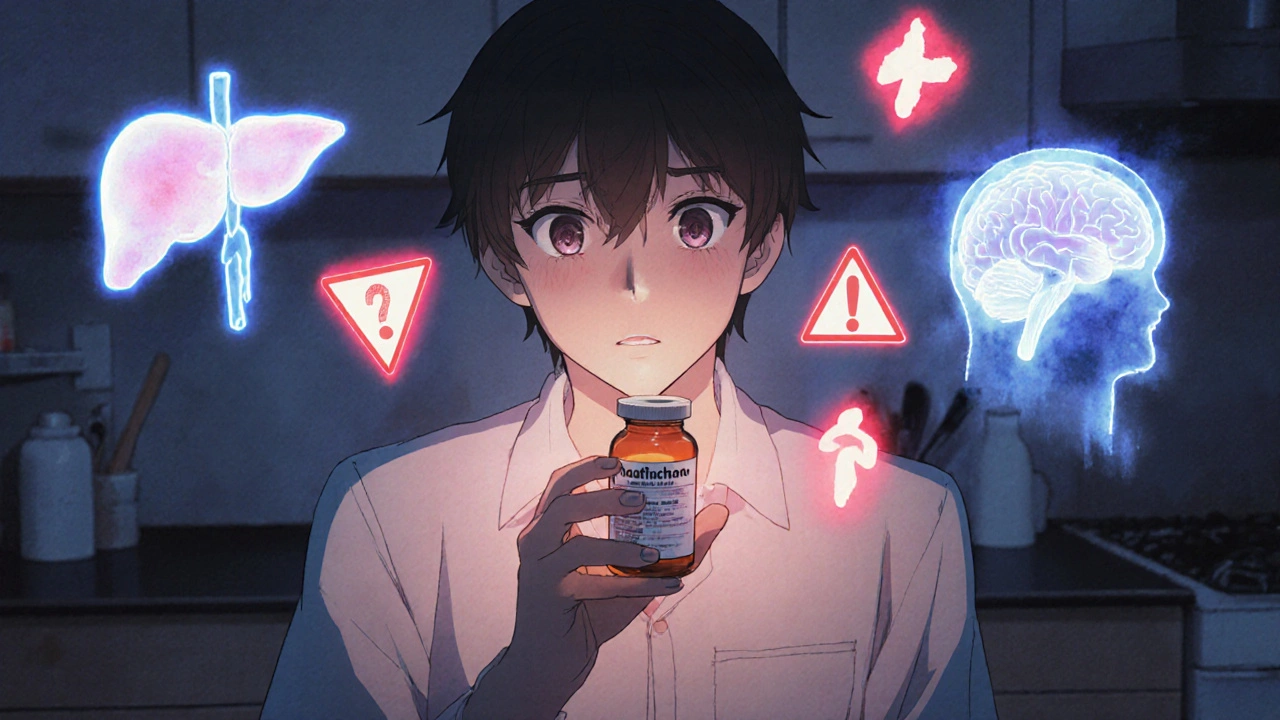Generic Drugs: What They Are, How They Save Money, and What You Need to Know
When you hear generic drugs, medications that contain the same active ingredients as brand-name pills but are sold under their chemical name. Also known as generic medication, they are approved by health regulators worldwide to work exactly like the original—same dose, same effect, same safety profile. The big difference? Price. A brand-name drug might cost $200 a month. The generic version? Often under $10. That’s not a trick. It’s science—and it’s why doctors are increasingly prescribing them.
Not all drugs have generics, but most do once the patent runs out. The therapeutic equivalence, the standard that says a generic must perform the same way in the body as the brand-name version isn’t just a label—it’s a legal requirement. The FDA, NHS, and other agencies test these drugs rigorously. If a generic doesn’t deliver the same results, it doesn’t get approved. So when your doctor switches you from Lipitor to atorvastatin, or from Nexium to esomeprazole, you’re not getting a lesser drug. You’re getting the same one, at a fraction of the cost.
Some people worry generics aren’t as strong, or that the fillers change how they work. But the inactive ingredients—like dyes or binders—don’t affect how the medicine treats your condition. They just help the pill hold its shape or dissolve properly. If you’ve ever had a reaction to a generic, it’s likely because of one of those fillers, not the active ingredient. Talk to your pharmacist if you notice a change in how you feel after switching. But don’t assume it’s the drug itself.
And here’s the thing: brand name drugs, medications sold under a company’s trademark name, often with higher marketing and R&D costs built into the price aren’t better. They’re just older. Take acyclovir—it’s been around for decades. The brand Zovirax? Same medicine. The generic? Saves you 90%. Same with amlodipine, levothyroxine, metformin. These are the backbone of everyday treatment. And if you’re on a long-term medication, switching to generic can save you thousands a year.
Some prescriptions still come with brand names on the bottle because of how pharmacies stock them, or because your doctor didn’t specify generic. But you can always ask. Pharmacists are trained to suggest generics when they’re available. And if cost is a barrier, they’ll often help you find the cheapest option—even if it’s not the one on the script.
There are exceptions. Some drugs, like levothyroxine, need careful monitoring because tiny differences in absorption can affect your thyroid levels. That’s why your doctor might stick with one brand—until you’re stable. But even then, many patients switch successfully between generics. It’s not about fear. It’s about tracking how you feel and adjusting as needed.
What you’ll find below are real stories and practical guides from people who’ve made the switch. Some learned how to avoid double-dosing after switching pills. Others discovered that their cheap generic for acne or high blood pressure worked just as well as the expensive version. One person saved $1,800 a year on their HIV meds by switching from Epivir to lamivudine. Another figured out why their fentanyl patch didn’t work the same after changing manufacturers.
This isn’t about cutting corners. It’s about using smart, science-backed choices to take control of your health without breaking the bank. The next time you fill a prescription, ask: Is there a generic? And if so, why aren’t you taking it?


